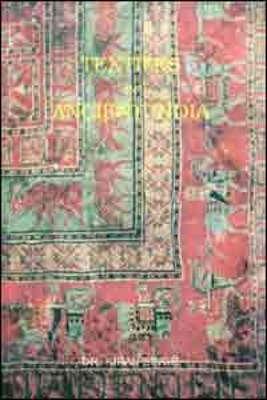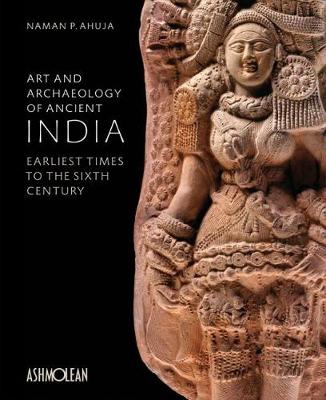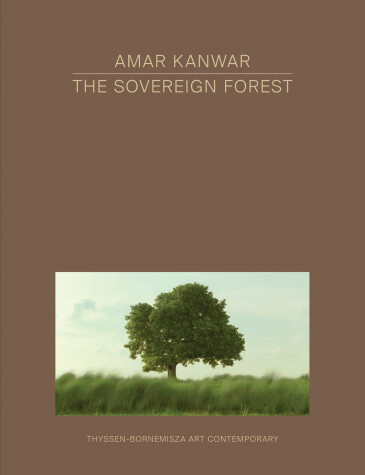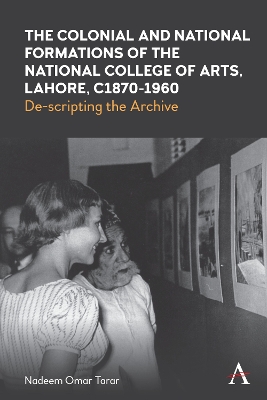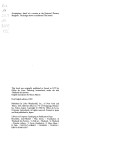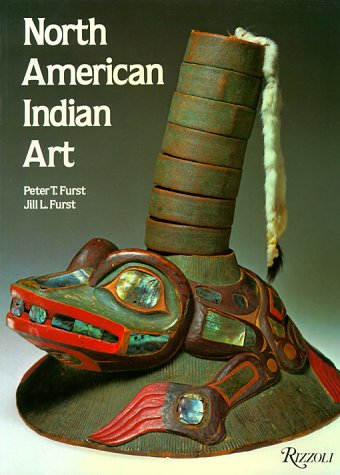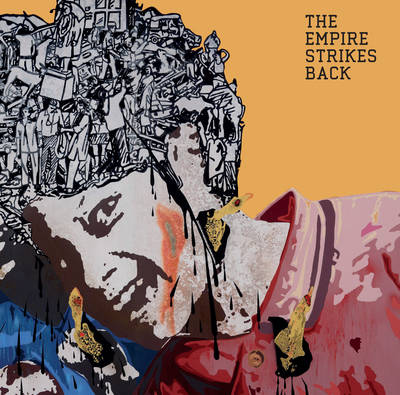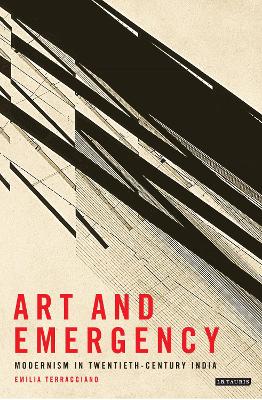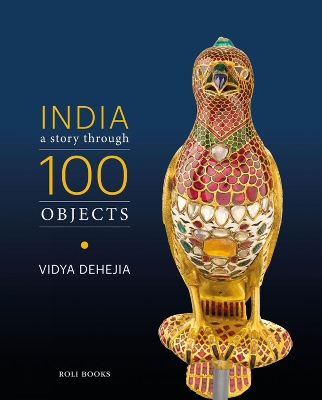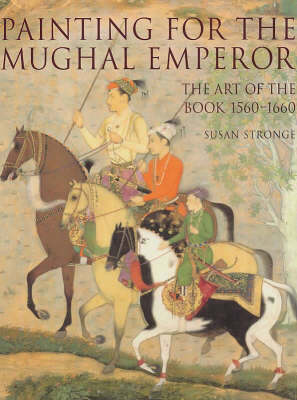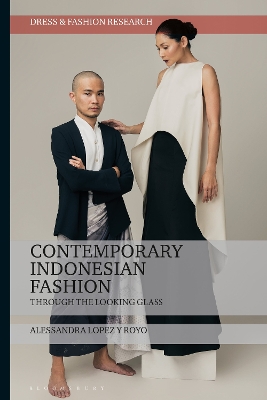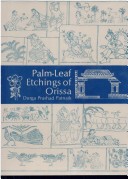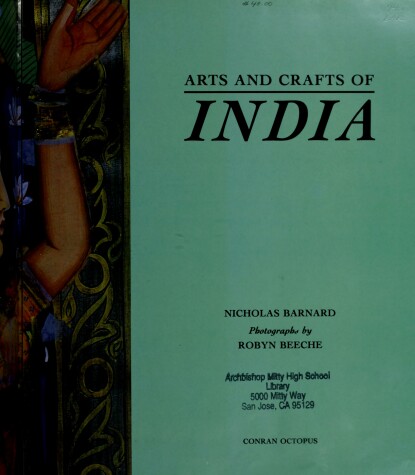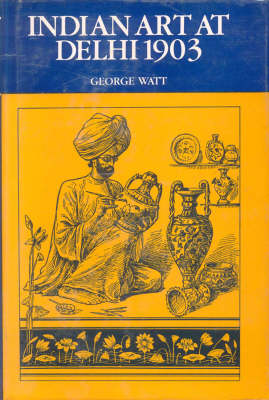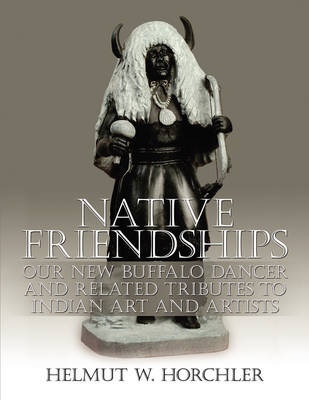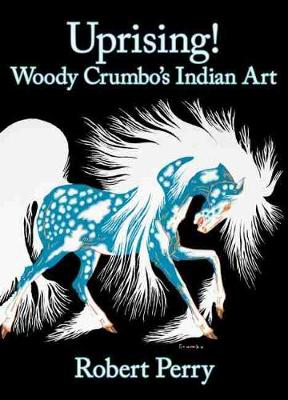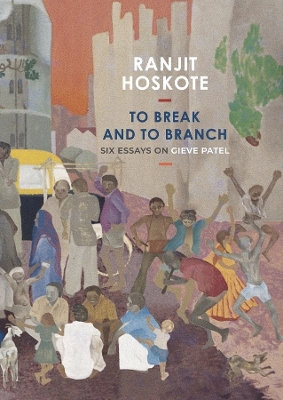The Ashmolean Museum is fortunate in having the most comprehensive British collection of the art of the Indian subcontinent outside London. Especially strong in sculpture, this rich representation of Indian art from prehistory to the twentieth century has come about through the generosity of our benefactors over more than three centuries. The Museum's first major Indian sculpture acquisition, a stone Pala-style Vishnu image of the eleventh century, was given in 1686 by Sir William Hedges, a gove...
This catalogue is an extension of an ongoing research and exhibition project that TBA21 has supported since its inception in 2006. The Sovereign Forest renders visible and collects evidence of what has hitherto been hidden and suppressed within the site of a “modern war,” in which industrial interventions have reshaped and permanently destroyed parts of the landscape of the Indian state of Odisha for over a decade, leaving villagers in suffering and devastation. The ambitious catalogue attempts...
Examines Indian art, including weapons, wood and stone carvings, pottery, masks, and jewelry.
Indian art has gone through a boom period in parallel with the extraordinary economic rise of the subcontinent from an agrarian state to a high tech axis of the new global economy. With new money came a new gallery system. With bigger spaces came bigger art and the sheer scale of ambition led to a break into the international market, which is always keen to find a new spectacular presence in the art world. The new art has also been created against a background of communal tension and violence. T...
During states of emergency, normal rules and rights are suspended, and force can often prevail. In these precarious intervals, when the human potential for violence can be released and rehearsed, images may also emerge. This book asks: what happens to art during a state of emergency? Investigating the uneasy relationship between aesthetics and political history, Emilia Terracciano traces a genealogy of modernism in colonial and postcolonial India; she explores catastrophic turning points in the...
We are constantly surrounded by objects, by ‘things’ that channel and dictate our everyday life, ‘things’ that we take for granted. But these objects speak to us, and speak about us. They have a story to tell that reflects our values and aspirations, our achievements and dreams, and reveal more about us than we realise! This richly illustrated book focuses on 100 objects to tell a story of India that unravels in a series of thematic sections that allow the objects to take centre-stage. The stori...
Kalighat painting developed in the vicinity of the Kali temple in Kolkata, India, in the mid-nineteenth century. The paintings were completed on mill-made paper, stripped of decoration and traditionally feature only one or two characters. Kalighat paintings were some of the first to incorporate secular themes, while also showing satirical depictions of the growing European influence on Kolkata. This beautiful book reveals the Kalighat (literally 'home of Kali') paintings from the V&A's extensive...
This work provides a detailed survey of the Victoria and Albert's renowned collection of painting from the great age of the Mughals, covering the reigns of three emperors: Akbar, Jahangir and Shah Jahan. The book traces the evolution of the art of the Mughals. Their land, which they called Hindustan, was a conquered one, their language was Persian; they employed Hindu and Muslim artists and commissioned books and paintings with themes drawn from these cultural and religious traditions, and from...
Contemporary Indonesian Fashion (Dress and Fashion Research)
by Dr Alessandra Lopez y Royo
Indonesian fashion has undergone a period of rapid growth over the last three decades. This book explores how through years of social, political, and cultural upheaval, the country's fashion has moved away from "colonial fashion" and "national dress" to claim its own distinct identity as contemporary fashion in a global world. With specific reference to women's wear, Contemporary Indonesian Fashion explores the diversity and complexity of the country's sartorial offerings, which weave together...
From the dawn of the Mughal Empire through the end of the British Raj, exquisite pieces of jewelry from or inspired by India traveled between Europe and Asia. This book features more than 150 objects, including jewel-encrusted jades, famous gemstones, enameled gold, and other precious works of art that range in date from the 17th century to the 1930s, along with exquisite contemporary examples by JAR and Baghat that draw from earlier motifs. Between the 16th and 19th centuries, Indian jewelry an...
One of Singapore’s most prominent ink practitioners, Chua Ek Kay innovated Chinese ink painting with an inimitably understated perspective and a spare elegance. His paintings, from iconic scenes of Singapore’s ever-changing streets to abstract representations of nature, were informed by a lifetime of tireless study and rumination. The products of this process take centre stage in this title, which explores Chua’s artistic vision through never before published writings and sketches, shedding new...
Reflections on the evolution and philosophical depth of Gieve Patel’s art, adorned with illustrations of his paintings. To Break and to Branch is a collection of six essays on the artist Gieve Patel (1940–2023), written by poet, cultural theorist, and curator Ranjit Hoskote over nearly two decades, gathered together for the first time and accompanied by over fifty illustrations of Patel's paintings. In an introductory essay written especially for this edition, Hoskote looks back over the long...
Animals play a special role in Indian culture. In opposition to deities, they help to frame the human community. Indian philosophy assumes the basic unity of animals and humans and in everyday life animals symbolize various ideas and sentiments. In the realm of Indian art, animals appear everywhere. In this splendid and unique collection of photographs, Stella Snead captures the extraordinary vitality, intelligence, and variety of animals in Indian sculpture found at sites from prehistory thro...
Focusing on the private collection of Jane and Kito de Boer - remarkable for its broad range and scope - the book clearly delineates major developments over a long period of time, while explaining and illustrating them with previously unpublished examples by many major artists. Numbering around 1,000 works, the de Boer collection (currently in London and Dubai) is one of the largest and most significant collections of modern Indian painting in private hands. The book is based on fresh research...

